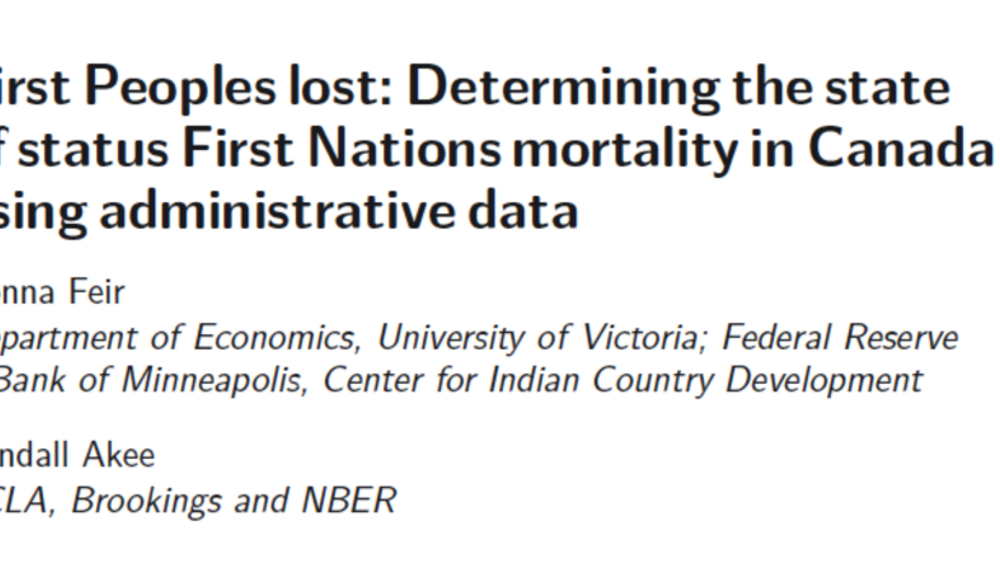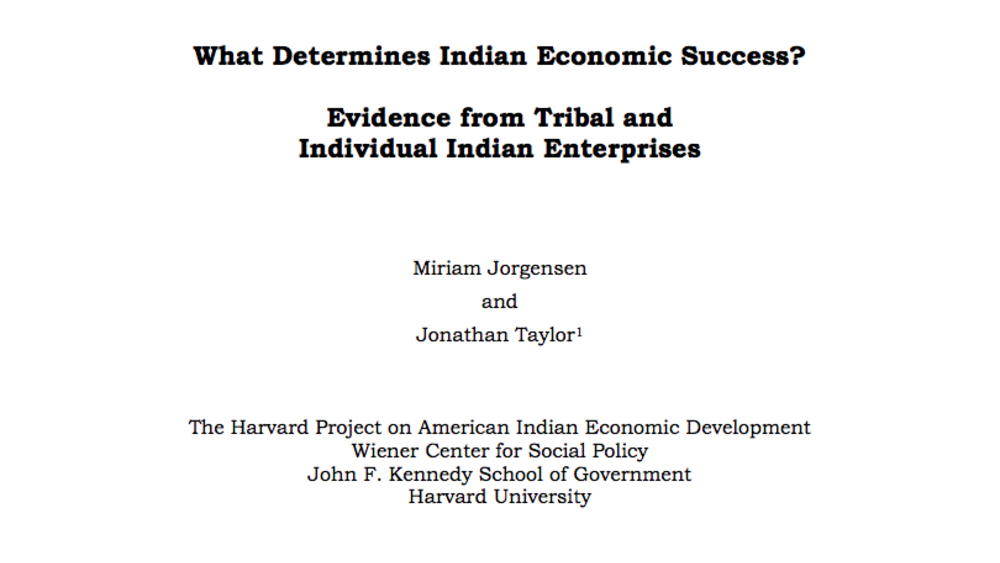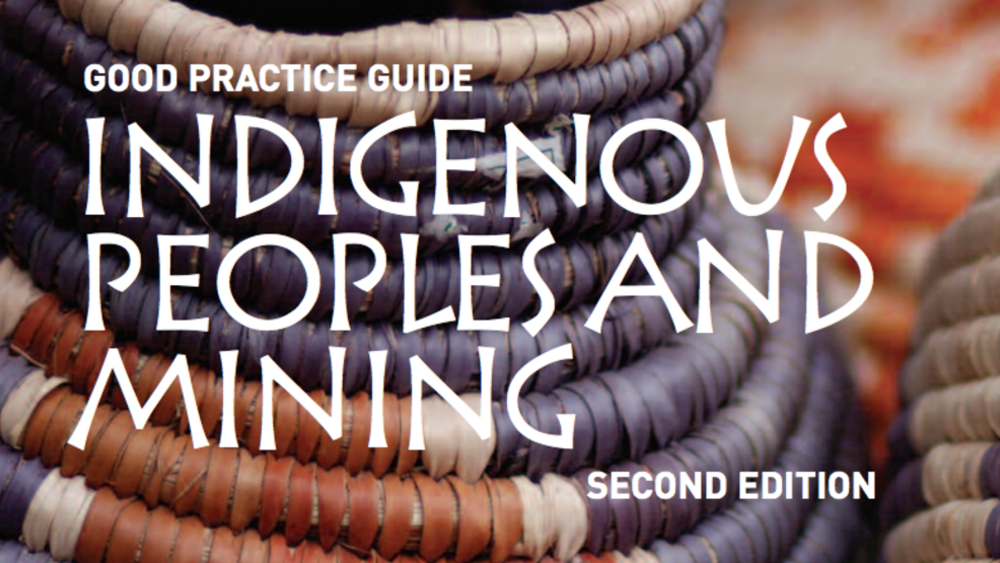Mining everywhere is inherently controversial. By its very nature, it poses hard economic, environmental, and social tradeoffs. Depending on the nature of the resource and its location, to greater or lesser degrees, the mining process necessarily disturbs environments, alters landscapes, and changes communities. On the other hand, the products that mining can yield, from aluminum to zinc, are valuable because they are useful in meeting peoples’ material needs. It goes without saying that the result of these tradeoffs is often strident conflict in the public and political arenas.
Mining that affects indigenous communities–because they own or govern targeted minerals or because they are culturally, economically and/or environmentally affected by the development of targeted minerals–is especially controversial. Indigenous people have borne a long history of exploitation of their resources without their consent and to their detriment. But times are changing. At least in the Lower 48 United States, tribes increasingly have the legal and institutional capacity to assert rights of local self-government that can make or break a mining project. It is fair to say that, in today’s environment, the tribe that wants to block minerals development on at least its own reservation, if not across its entire traditional territories, most likely can. By the same token, the tribe that wants to develop its mineral resources is hard to stop...
Additional Information
Harvard Project on American Indian Economic Development. On ImprovIng Tribal-Corporate Relations In The Mining Sector: A White Paper on Strategies for Both Sides of the Table. Harvard Project on American Indian Economic Development. John F. Kennedy School of Government. Harvard University. Cambridge, Massachusetts. April 2014. Paper. (http://hpaied.org/sites/default/files/documents/miningrelations.pdf, accessed May 30, 2024)




